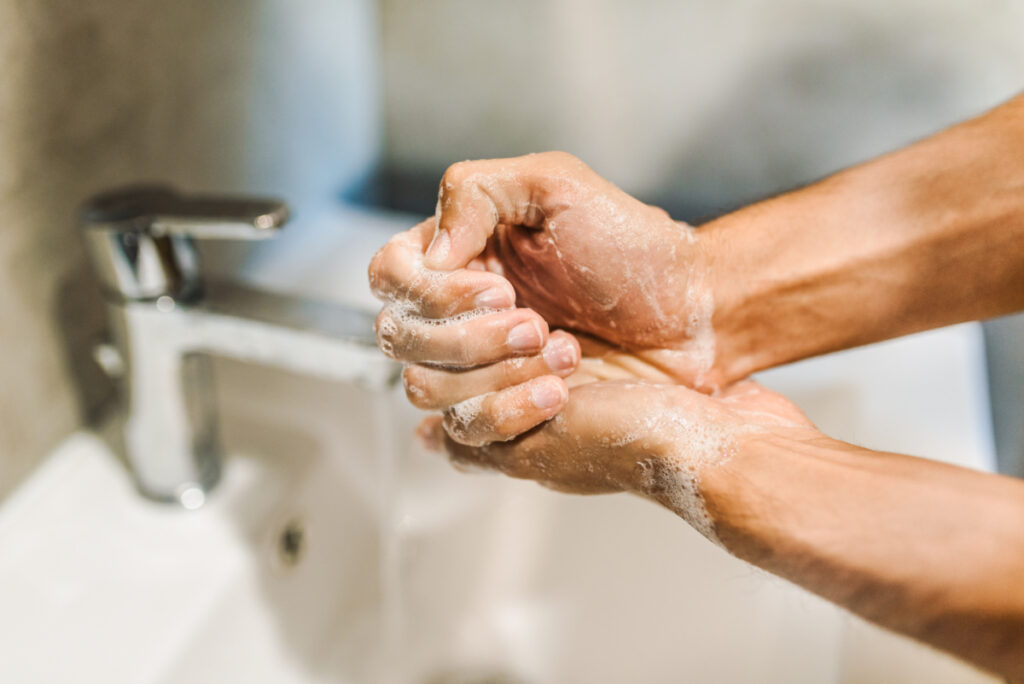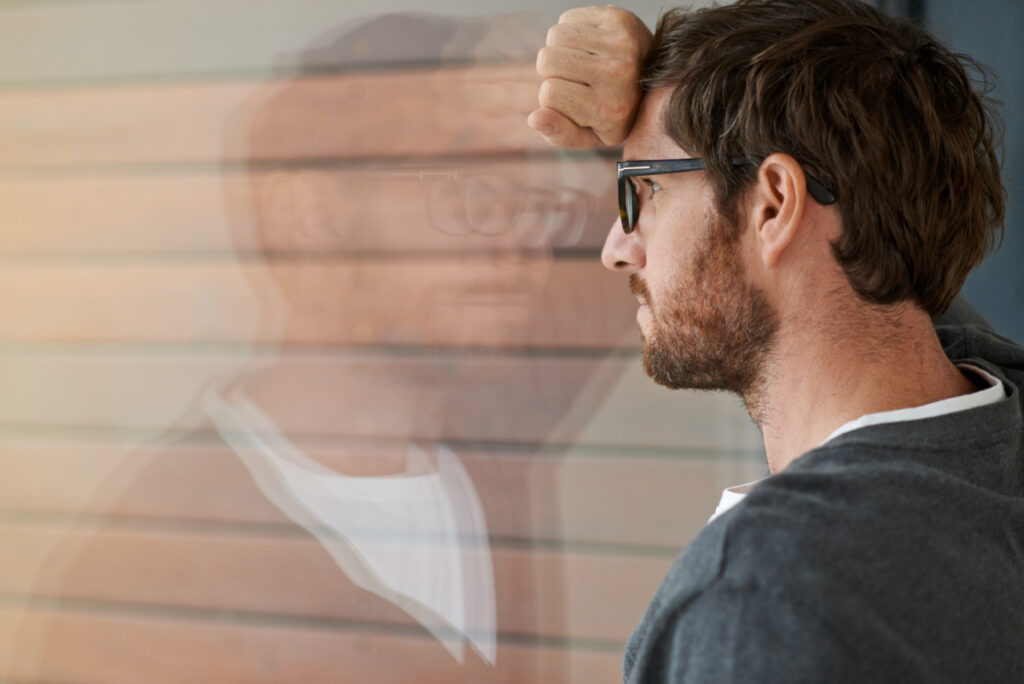What to Expect from a Luxury Mental Health Treatment Center
A luxury mental health treatment center, or plainly put – mental health treatment center, is a specialized clinic that offers outpatient and inpatient residential treatment programs with a focus on long-term treatment for individuals with mental health conditions that require a more intensive care program than the services of a single therapist but less intensive and…
Read MoreIt’s National Stress Awareness Day: Are You Taking Care of Yourself?
We may be more cognizant of the negative effects of excessive stress than ever before, but that awareness is not enough without proper knowledge of how to address excessive stress, and take better care of yourself. This National Stress Awareness Day, let’s aim to learn more about how stress affects the mind and body, where…
Read MoreNational Stress Awareness Day on Nov 2
This coming November 2nd is International Stress Awareness Day, marked by the International Stress Management Association. International Stress Awareness Day has been celebrated since 2018, with the aim of addressing the realities of everyday stressors and their impact on communities and individuals alike, as well as destigmatizing conversations around stress in our daily lives and the…
Read MoreIdentifying the Different Subtypes of OCD
Obsessive-compulsive disorder (OCD) and the subtypes of OCD are one of the most misunderstood and mischaracterized mental health issues in modern media and public consciousness. However, it is also surprisingly common, with a lifetime prevalence of about 2.3 percent in US adults. OCD is a difficult condition to live with. About half of adults diagnosed with…
Read MoreAnxiety vs Nervousness: Are They the Same?
Anxiety vs nervousness. Are they the same thing? In many ways, they are synonymous. However, they become quite different given certain contexts. For example, being anxious is not quite the same thing as struggling with anxiety, which is not quite the same thing as an anxiety disorder. Similarly, anxiety and nervosity are two different things, and being anxious and being nervous…
Read MoreWhat is Double Depression Disorder?
Double depression disorder is a diagnosis of two concurrent mental health issues: major depressive disorder and persistent depressive disorder. The term is exclusive to a diagnosis of these two conditions together; a diagnosis of two different depressive disorders or two unrelated mental health issues with mood symptoms is not always called double depression. Double depression is not…
Read MoreTrying Holistic Therapy for Mental Health
Mental health treatment programs can generally be divided into three categories: pharmacology, talk therapy, and other treatments. Most cases are addressed primarily through talk therapy and medication, rather than experiential treatments like holistic therapy for mental health. While most people know about antidepressants like Prozac and , fewer people know about alternative treatment, neurofeedback, or nerve…
Read More5 Ways to Combat Seasonal Affective Disorder this Fall
Do you happen to find yourself struggling to keep your spirits up during the holiday season? Do you have a much harder time getting out of bed in the winter? Are the long nights and short days making you feel more tired, less active, and generally far less able to enjoy the colder months? Have…
Read MoreCombatting Stigma on World Mental Health Day
October 10 is World Mental Health Day, and this year, we want to highlight mental health stigma and how to address it. Despite growing awareness and significant progress in both the perception and treatment of mental health issues throughout the world, we still have a ways to go when it comes to improving access to…
Read MoreCoping with Mental Health and Breast Cancer
October is Breast Cancer Awareness Month, in which different organizations and foundations emphasize the importance of diagnostic visits, the use of diagnostic tools, and early detection of breast tumors. Predictably, mental health and breast cancer may intertwine and significantly impact your overall well-being and physical health. Statistically, one in eight women in the US will be diagnosed…
Read More









